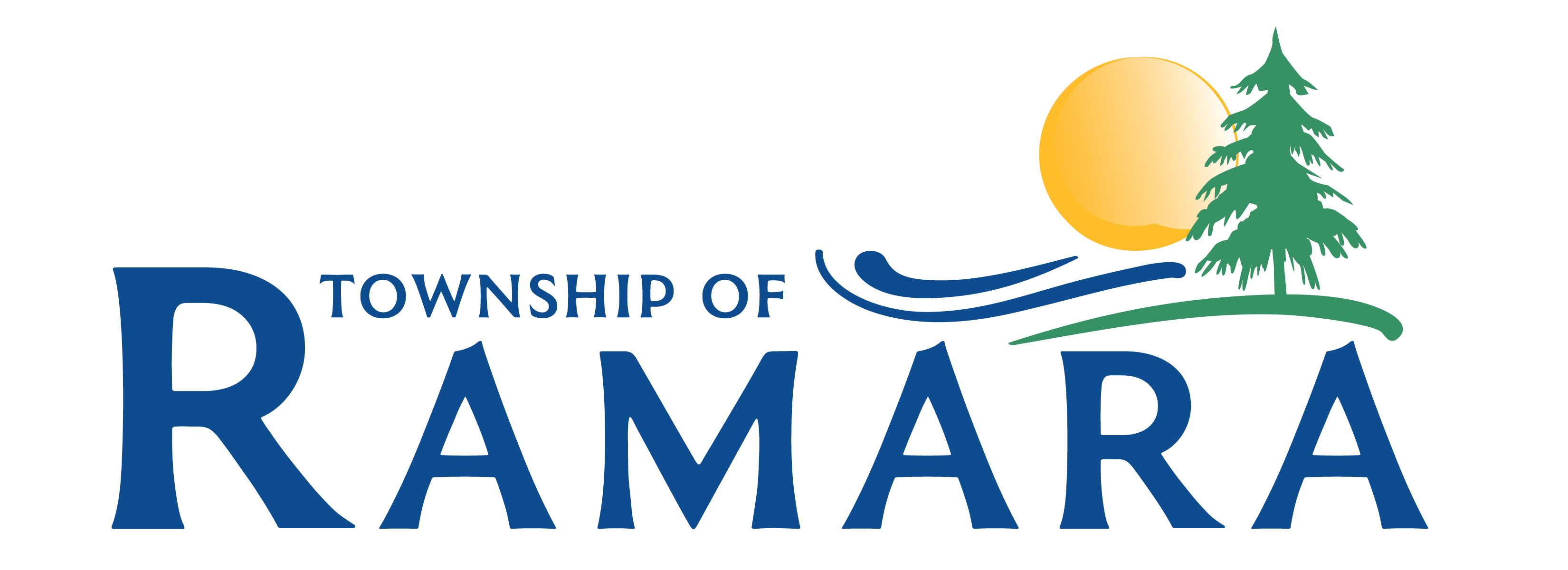Finding and reducing inflow and infiltration is a priority. The Township has implemented an I&I reduction strategy, which includes annual field investigations to identify sources of I&I. Once a source of I&I has been found, repairs will be prioritized based on the severity and frequency of the defect.
Inflow and Infiltration Control
What is Inflow and Infiltration?
When groundwater and stormwater enter the municipal sanitary sewer collection system – known as inflow and infiltration (I&I) – treatment systems become less efficient and strained. This additional water costs the municipality and its users.
Inflow is stormwater that enters the sewer system from storm drain connections, roof leaders, sump pumps, or through manhole covers.
Infiltration is water that is not directly connected that enters the sewer system through leaking joints, cracks and breaks, or porous walls.
How Does Inflow and Infiltration Add Costs?
I&I water is referred to as “clear water,” distinguishing it from sanitary sewage water. When clear water gets into the wastewater collection system, it gets treated. And when it gets treated it costs money. It also takes up valuable capacity at the the Township's wastewater treatment facilities.
The Township has to decide between investing dollars to reduce inflow and infiltration or limiting growth.
Sump Pumps: Make the Right Connection!
Sump pumps cannot be connected into the sanitary sewer system. These connections are in violation of Ramara's Sewer Use Bylaw and it could result in your basement flooding with sewage.
Please make the right connection to protect your home and the municipal sanitary sewer system.
Contact Us
Corporation of the Township of Ramara
2297 Highway 12, PO Box 130, Brechin, ON, L0K 1B0
T. 705-484-5374
E. ramara@ramara.ca
Sign up for our eNewsletter
Stay up to date on the Township's activities, events, programs and operations by subscribing to have notifications sent directly to your inbox.
